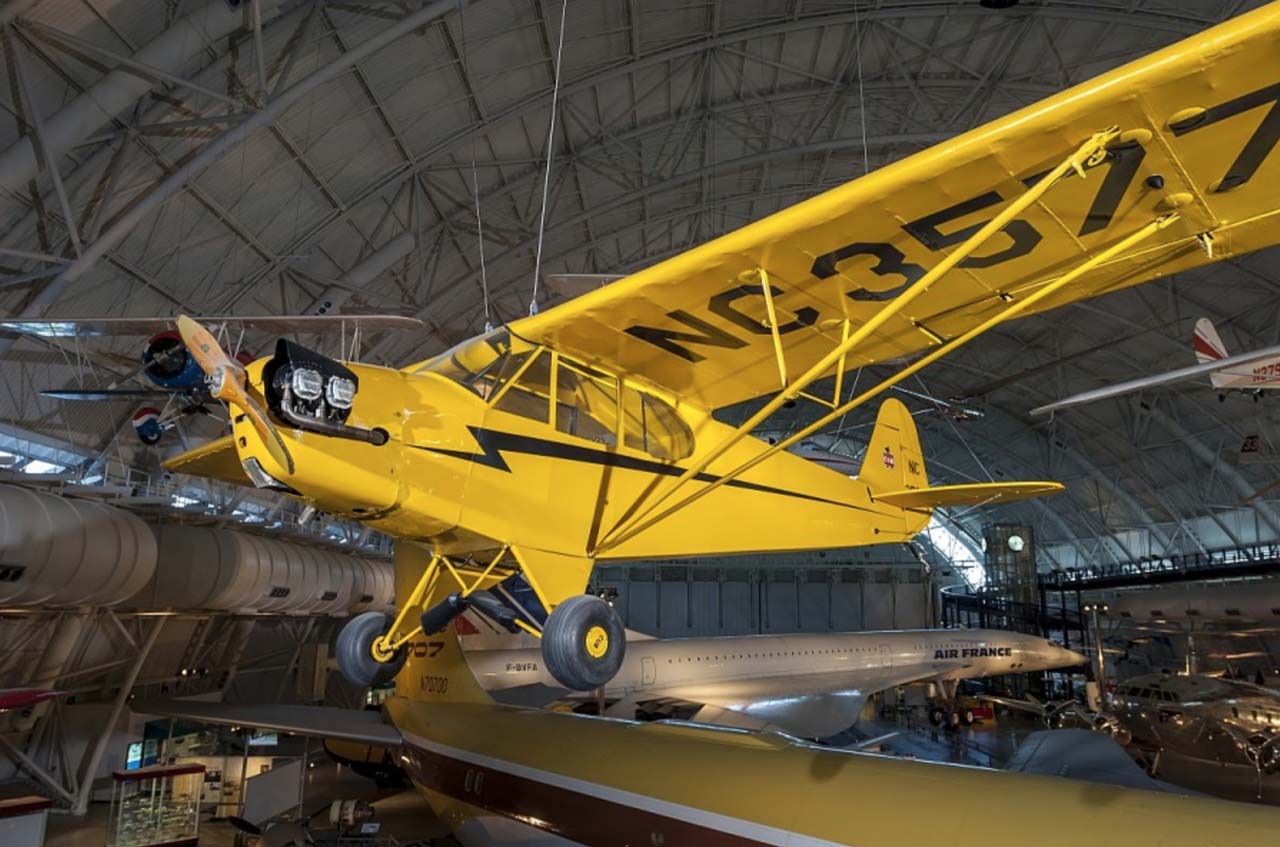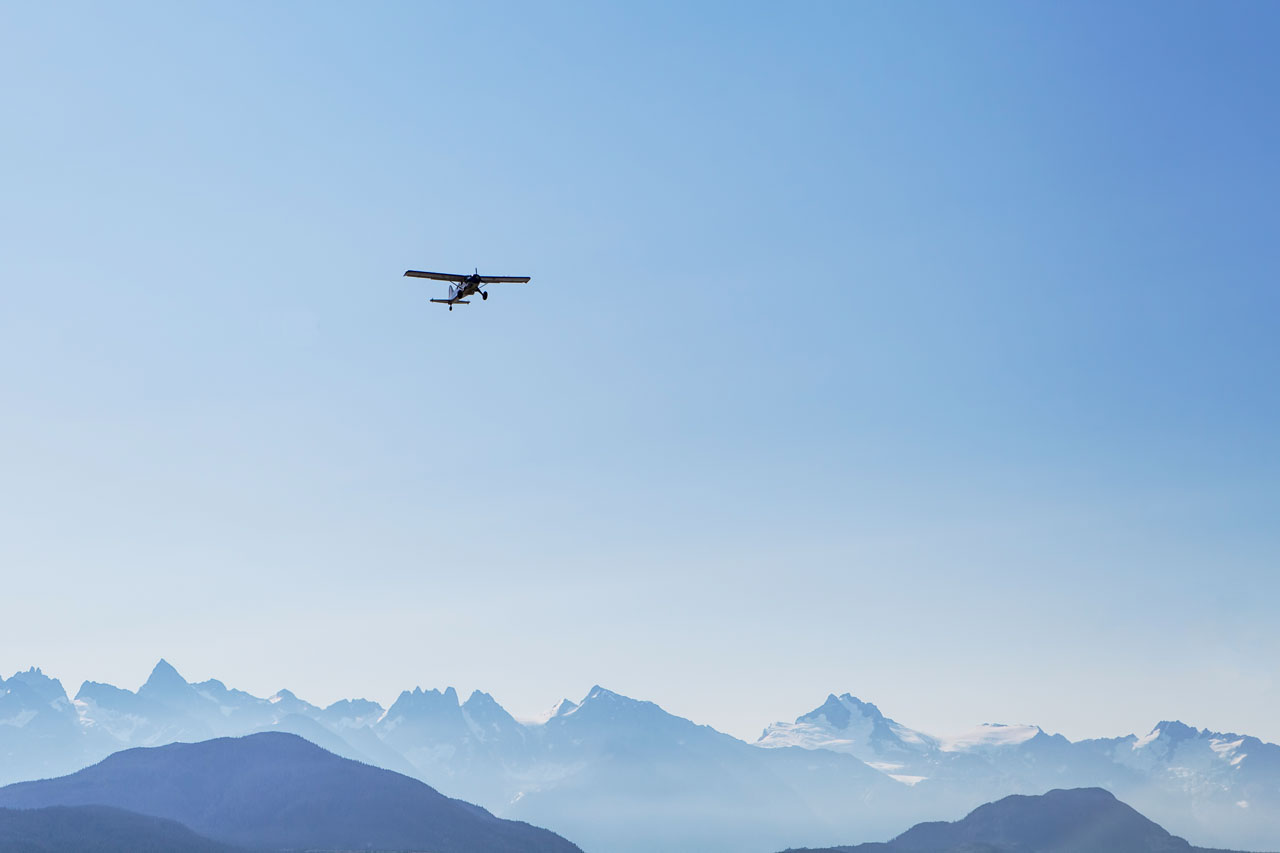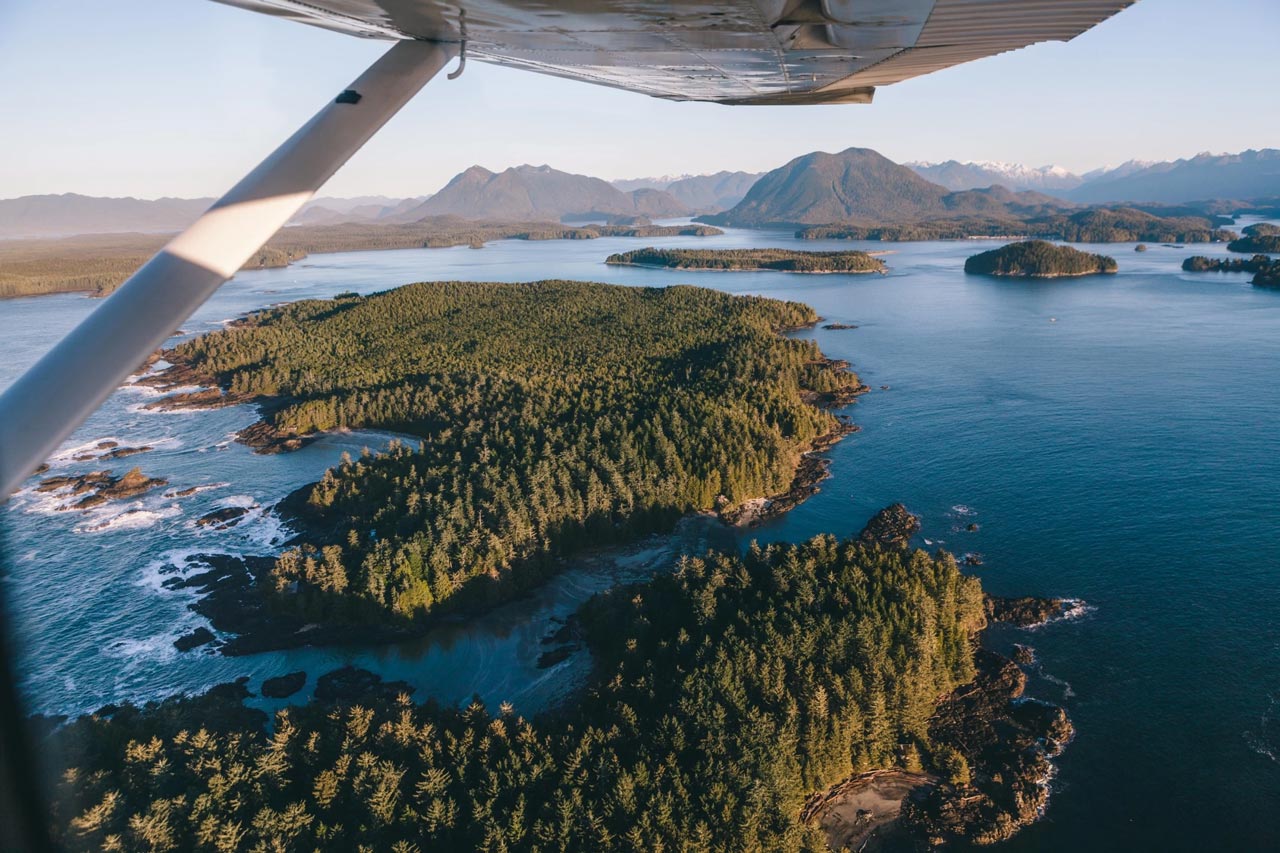
The Evolution of General Aviation Aircraft: What’s Changed Over the Years?
Piper J-3 Cub: distinctive yellow, high-wing light monoplane with tailwheel; trainer and sport aviation; Continental A-65, 65 hp engine. Photo courtesy of National Air and

You lift off from a small airport, climb above the trees, and head toward the mountains. Below, rivers wind through thick forests, and narrow gravel roads disappear into endless wilderness. The land feels untouched. And once you leave the circuit, the radio goes quiet.
Flying in Northern British Columbia is a different kind of experience. It’s wild, remote, and gratifying. For any pilot looking to test their skills and expand their knowledge, this region offers lessons no textbook can teach.
In Northern BC, aviation isn’t just about getting from A to B. It’s often the only option.
Many communities are spread out across hundreds of kilometres. Some are cut off during winter. Others have no year-round road access. Pilots fly supplies, groceries, mail, and sometimes passengers who need medical care or want to get home.
As a pilot here, you become part of a network that helps people stay connected. You see the value of flying in a very real, practical way. And you quickly learn how much people depend on general aviation in places where cars can’t go.
Northern BC is beautiful, but it’s not gentle.
The terrain is a mix of deep valleys, rugged peaks, vast lakes, and thick boreal forest. The views are stunning, but they can also be disorienting. Navigation becomes a hands-on, eyes-out process.
Many pilots in this region still fly visual routes, following rivers, roads, and mountain passes. Sectional charts matter, but so does being able to read the land. You match landmarks to what you see on paper. If a pass is fogged in, or low clouds block a ridge, you need to have another plan ready.
This is where the lessons from your training flights come into play—planning diversions, knowing alternate airports, and flying with enough fuel to turn around if needed.
Flying in Northern BC means learning to work with the weather, not against it.
Forecasts help, but they don’t always tell the whole story. You might launch in calm conditions and run into low cloud layers or sudden gusty winds as you enter a valley. The terrain can funnel weather in unexpected ways.
Snow in spring. Smoke in summer. Icing conditions in the fall. Flying here isn’t dangerous if you prepare properly—but it’s unforgiving if you don’t.
Pilots in the north learn to make conservative decisions. Cancelling or turning back isn’t seen as a failure. It’s just part of smart flying.
You’ll find full-service airports in places like Prince George or Terrace. But many flights involve smaller gravel strips, private runways, floatplane bases, or even dirt clearings used for forestry or mining.
Sometimes you need to overfly a landing area first to check for wildlife, debris, or soft spots. You might have to judge slope, wind direction, and surface conditions before making your final approach.
This teaches you to be methodical and precise. You stop relying on perfect conditions. You trust your training, your aircraft, and your own instincts.
Airspace in Northern BC is mostly uncontrolled. Outside of bigger airports, you won’t hear much chatter. Some areas have patchy radar coverage, and there are long stretches where you’re flying on your own.
You announce your position. You listen carefully. You scan the sky constantly.
There are no shortcuts here. You become your own traffic controller. And you build habits that will serve you no matter where you fly.
Every flight in Northern BC sharpens your skills. Pre-flights become more detailed. You double-check fuel levels, review alternates, and pay closer attention to NOTAMs and forecasts. You start to think more like a commercial pilot, even if you’re flying for fun.
You also gain a deeper respect for your aircraft — its limits, its performance, and how it behaves under different conditions. Whether you’re managing weight and balance for a short-field landing or keeping a close eye on engine temps during a climb over mountainous terrain, you’re constantly learning.
This kind of flying makes you better. Not just more skilled, but more disciplined.
Many pilots from southern BC or Alberta make special trips to fly in the north. Some take floatplane courses on remote lakes. Others do time-building flights across the region to build hours in real-world conditions. Even a weekend trip can open your eyes to a whole new kind of flying.
And for commercial pilots, Northern BC offers valuable opportunities to gain experience. Charter flights, medevac support, forestry operations, and survey work are all part of aviation life in the north.
If you’re looking for meaningful, practical flight time, this is a place to find it.
Before you fly north, be ready.
Flying in Northern BC requires preparation. It’s not about pushing limits. It’s about knowing when to go and when not to.
Flying in Northern BC changes how you see the world. It gives you space to breathe, to think, and to build confidence in your skills.
You see how aviation connects people, not just as a convenience, but as a necessity. You land in places most people will never see. And you feel what it means to fly not just for yourself, but for a purpose.
Here’s a quick recap of what flying in Northern BC teaches you:
At Pacific Flying Club, we train pilots for real-world conditions. Whether you’re aiming for a commercial career or planning your next flying adventure, the foundation starts with the proper habits, mindset, and training.
Curious about where your flight path could lead? Book a FAM Flight with us and take the first step.

Piper J-3 Cub: distinctive yellow, high-wing light monoplane with tailwheel; trainer and sport aviation; Continental A-65, 65 hp engine. Photo courtesy of National Air and

Photo of Clayoquot Sound by Jordan Giesbrecht courtesy of Tourism Tofino. Scenic Flights in North America offer more than just impressive views — they offer

You lift off from a small airport, climb above the trees, and head toward the mountains. Below, rivers wind through thick forests, and narrow gravel

Historical Background Boundary Bay Airport was constructed in 1941 as part of the British Commonwealth Air Training Plan, one of the largest aviation training programs

Who Are Canadian Snowbirds? Officially known as the Canadian Forces Snowbirds (431 Air Demonstration Squadron), they’re more than just an air show attraction. The Snowbirds

You’ve earned your Private Pilot Licence (PPL), built confidence in the cockpit, and logged some great hours. Now you’re asking: what’s next? If you want